Were he still alive today, Jules Bianchi would have celebrated his 35th birthday earlier this year and likely have been in the 12th season of his F1 career.
The talented Frenchman was earmarked for a works Ferrari drive after serving his apprenticeship in the Ferrari-powered cars of Marussia, and potentially for 2015, Sauber. It was all heading towards Bianchi becoming the first graduate of the Ferrari Driver Academy to race for the Cavalino Rampante in F1.
But a promising career was snatched away after he suffered ultimately fatal head injuries in the Japanese Grand Prix on October 5, 2014, exactly a decade ago, when his Marussia collided with a crane recovering the Sauber of Adrian Sutil in dreadful conditions as Typhoon Phanfone battered Japan.
Bianchi had suffered a diffuse axonal injury, a type of brain injury sustained when the head is rapidly accelerated or de-accelerated. He had hit the recovery crane at a speed of 126kph (78mph) according to the FIA's investigation. The impact was ultimately found to be 254g.
Bianchi never regained consciousness and passed away on July 17, 2015, nine months later, having been repatriated to France. He was buried in his home city of Nice on July 21. He was the first F1 driver to die as a result of injuries sustained in a grand prix since Ayrton Senna in 1994.
Earlier in 2014, Bianchi delivered a performance during the Monaco Grand Prix akin to what Senna had done in the Principality. It was a drive that gave his team a second chance, although Bianchi would never know it.
2014 Monaco Grand Prix
After impressing through 2013, the start of 2014 had been slow for Bianchi and Marussia as F1 got to grips with the new turbo hybrid units - his best finish with the under-powered and over-weight Ferrari engine being 16th in Bahrain by the time F1 headed to Monte Carlo.
Qualifying itself was nothing special for Bianchi as he was 19th on the timesheet, although he started 21st on the 22-car grid due to a gearbox change. A back-row start in Monaco in a poor car does not usually translate to points.
He was additionally handed a five-second time penalty in the race for starting out of position after Pastor Maldonado had not lined up on the grid, and was handed another after serving the initial sanction behind the safety car - something prohibited under the rules.
As he continued the charge forward, Bianchi muscled past the Caterham of Kamui Kobayashi in the now-iconic move at Rascasse. This unlocked the rest of his race.
After barging past on lap 36, Bianchi was now running in 10th, but with Romain Grosjean bearing down, the new five-second time penalty would have seen him drop out of the points - until Kimi Raikkonen and Kevin Magnussen came to the rescue.
They tangled at the Lowes hairpin, promoting Bianchi into eighth, which would become ninth at the flag once the five seconds had been added. It was Marussia's first F1 points since its debut as Virgin Racing in 2010 - and it should have been the springboard for Bianchi.
"Nobody knows just how much work and determination goes into our races, so today I am thrilled that I have helped them to achieve their long-held target of our first points," he reflected after moving Marussia into ninth in the F1 constructors' table.
"To achieve them together makes me very proud. It was not an easy race; there were some enjoyable highs along the way, but also a couple of concerning moments, too.
"What matters at the end is that we got there and we can savour the highlights for a long time to come."
Why Bianchi's Monaco points were so important
In the early 2010s, only the top 10 teams in the F1 constructors' standings qualified for certain aspects of prize money awarded by F1, with three new teams entering for the 2010 season.
Hispania Racing (HRT) fell away at the end of 2012, with Lotus and Virgin morphing into Caterham and Marussia, respectively.
It meant that in 2013 and 2014, F1 had an 11-team championship, with one guaranteed to finish outside the crucial prize money handed out at the end of the year. In 2014, Caterham and Marussia were joined as backmarkers by Sauber as it began its time in the doldrums.
Bianchi's two points scored in Monte Carlo were the only ones scored by any of the three teams all season, with Sauber ahead of Caterham on countback by dint of the best result.
But these were precarious financial times, in an era when the dominance of the top teams was driving discussions about a potential switch to three-car teams for 2015. Caterham would miss the United States and Brazilian Grands Prix later in the year, before a one-off return whilst in administration in Abu Dhabi.
For Marussia, Russian backer Andrey Cheglakov pulled his support after Bianchi's Suzuka accident, and the team did not compete after the inaugural Russian Grand Prix. Bianchi's ninth place, though, came back to save the team for 2015.
With a modified MR03 chassis and a year-old Ferrari power unit, the team took to the grid in 2015 as Manor Marussia, and although it was woefully uncompetitive, it was at least racing.
It continued into 2016 as Manor Racing, with Pascal Wehrlein scoring 10th in the Austrian GP, with the works Mercedes power unit bolted in the back. It would be the final point scored by the team, who would fall at the final hurdle.
Haas joined the grid in 2016, taking the championship back up to 11 cars, meaning one team would again finish outside of the lucrative 'column 2' prize money - based on the constructors' finishing position.
Wehrlein's point had Manor in 10th place in the standings with just two rounds left in the season, with Sauber staring oblivion and a second point-less season in three years.
But at a dreadfully wet Brazilian Grand Prix, Felipe Nasr finished ninth, banking two points and jumping Sauber into 10th and pushing Manor out. It would spell the end for the team Bianchi had saved.
A 2017 car was developed for the beefed-up aerodynamic rules, but it was never raced as the team closed before the season - just as F1 would experience the boom under the Liberty Media ownership after CVC Capital Partners sold up and Bernie Ecclestone shuffled aside.
The legacy of Bianchi's accident
In its report of Bianchi's Suzuka accident, the FIA mandated the introduction of the Virtual Safety Car.
Bianchi had been travelling through a double-waved yellow zone at the time he lost control and aquaplaned off at Turn 7, and as was the case, slightly lifted to prove that he had to the stewards and would have continued on his way.
This was now taken out of the hands of the drivers with the VSC system in use today, with the halo also introduced in 2018.
The titanium head-protection device would not have saved Bianchi due to the forces involved in his collision with the crane, akin to dropping the car 48 metres to the ground without a crumple zone.
But it has saved lives on multiple occasions since, including Romain Grosjean in his fiery 2020 Bahrain accident and Lewis Hamilton when Max Verstappen landed on top of his Mercedes at the '21 Italian GP.
Bianchi's godson Charles Leclerc would ultimately race for the Scuderia in F1, making his debut as Kimi Raikkonen's replacement in 2019, with the affable Bianchi never forgotten.
Also interesting:
In a very special episode of the RacingNews365 podcast, lead editor Ian Parkes and Nick Golding are joined by three-time F1 world champion Sir Jackie Stewart. The current F1 season, the sport's safety and Lewis Hamilton joining Ferrari are leading talking points.
If you'd rather watch than listen - the video is available here!
Don't miss out on any of the Formula 1 action thanks to this handy 2026 F1 calendar that can be easily loaded into your smartphone or PC.
Download the calenderMost read
In this article
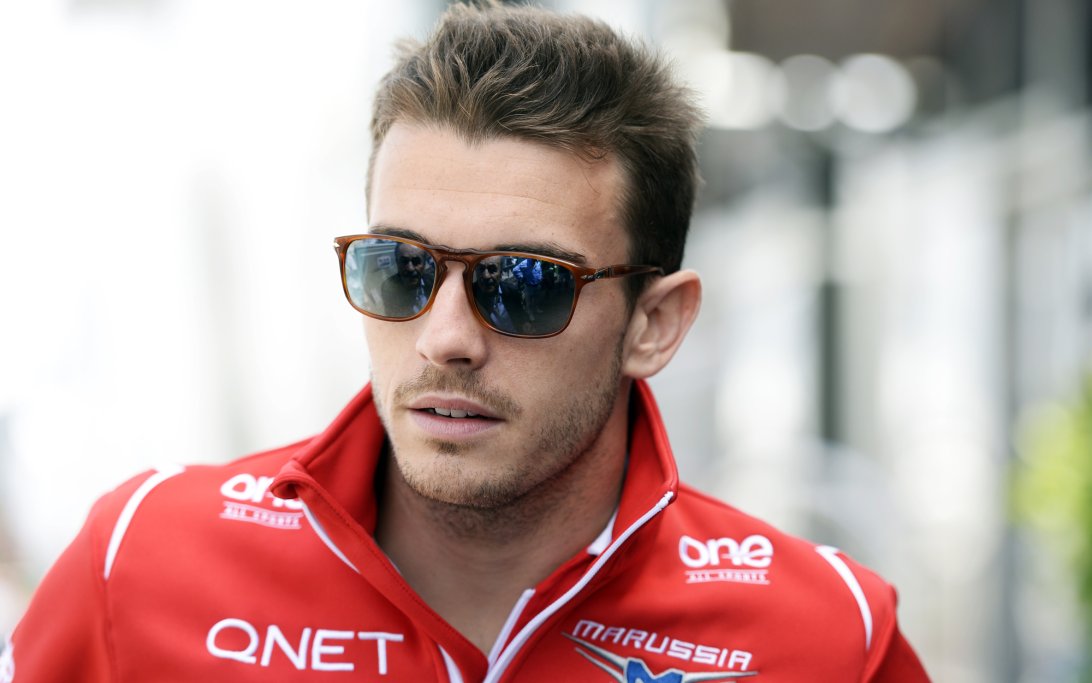
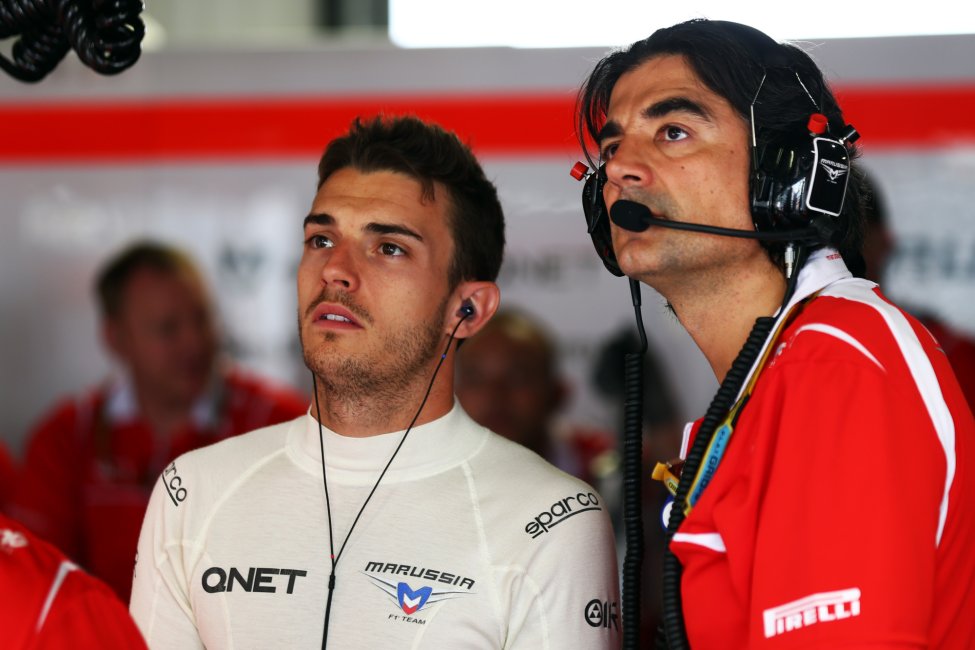
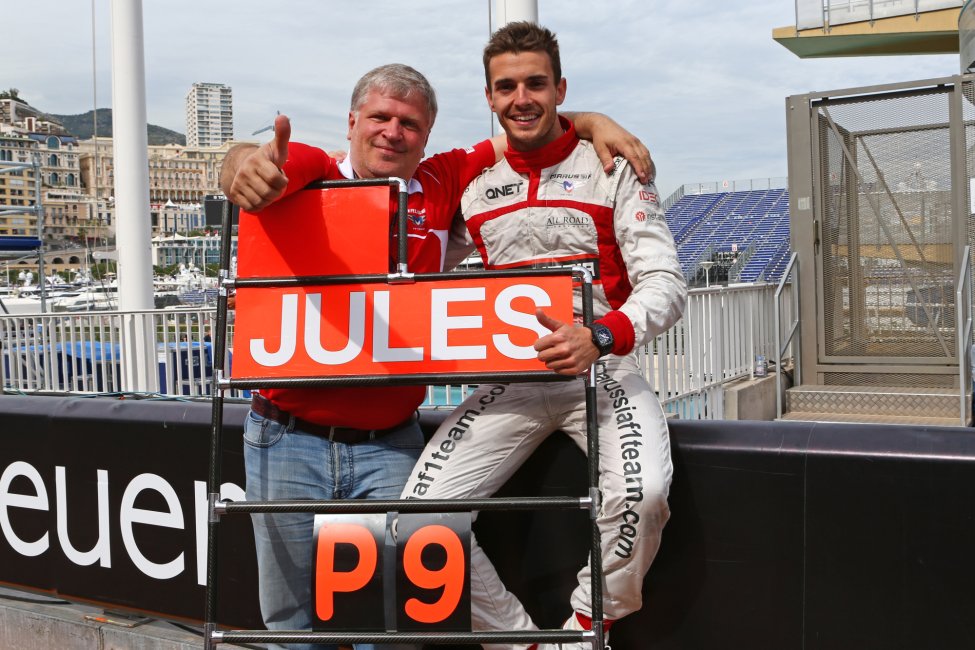
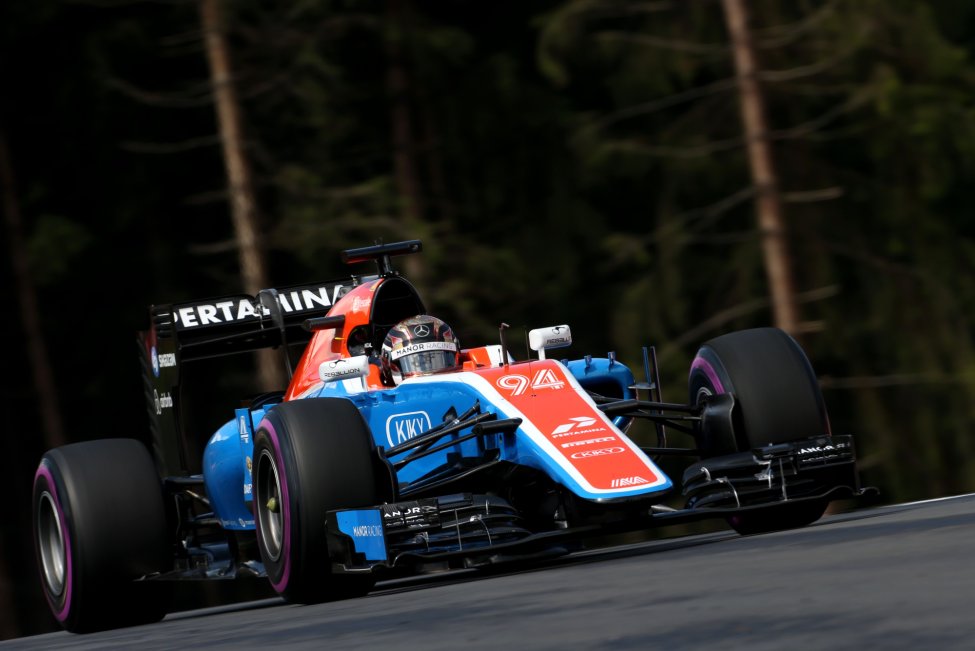
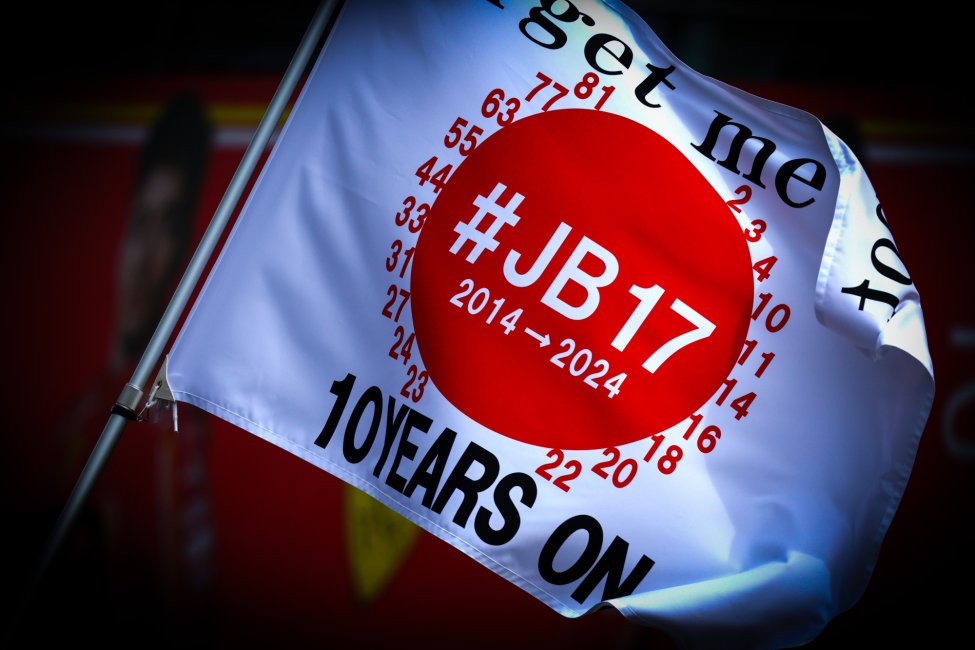


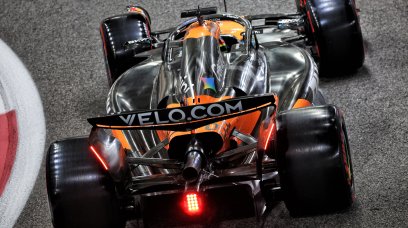
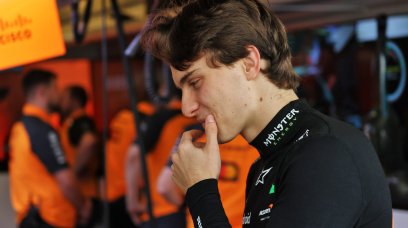


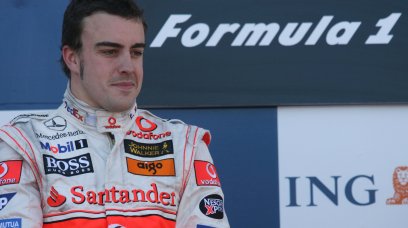
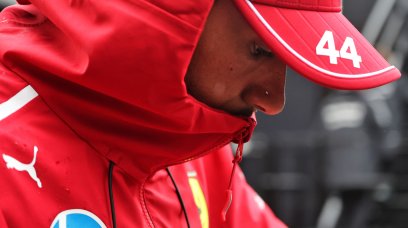

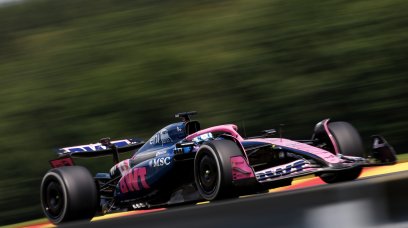
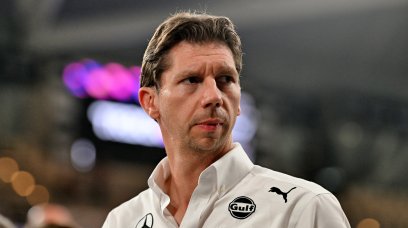
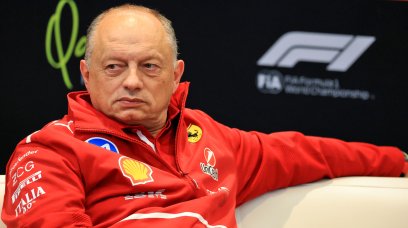
Join the conversation!